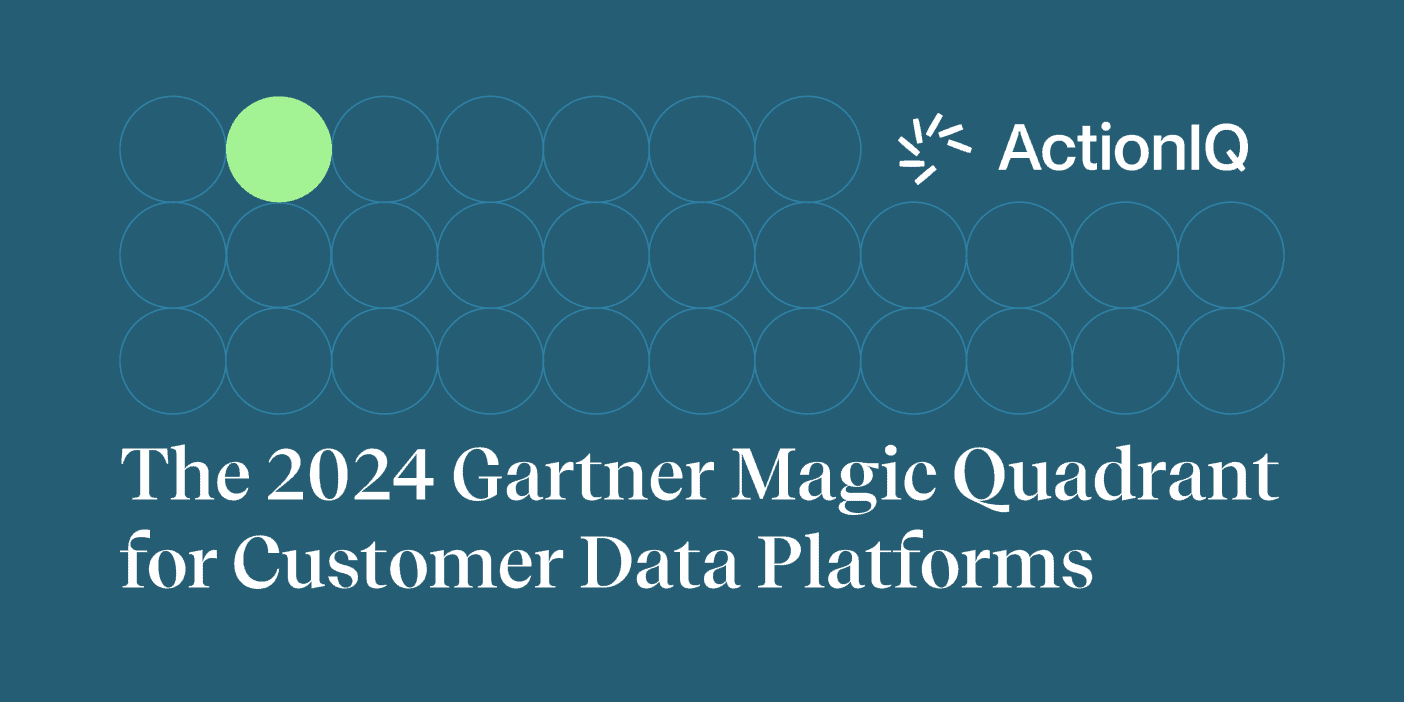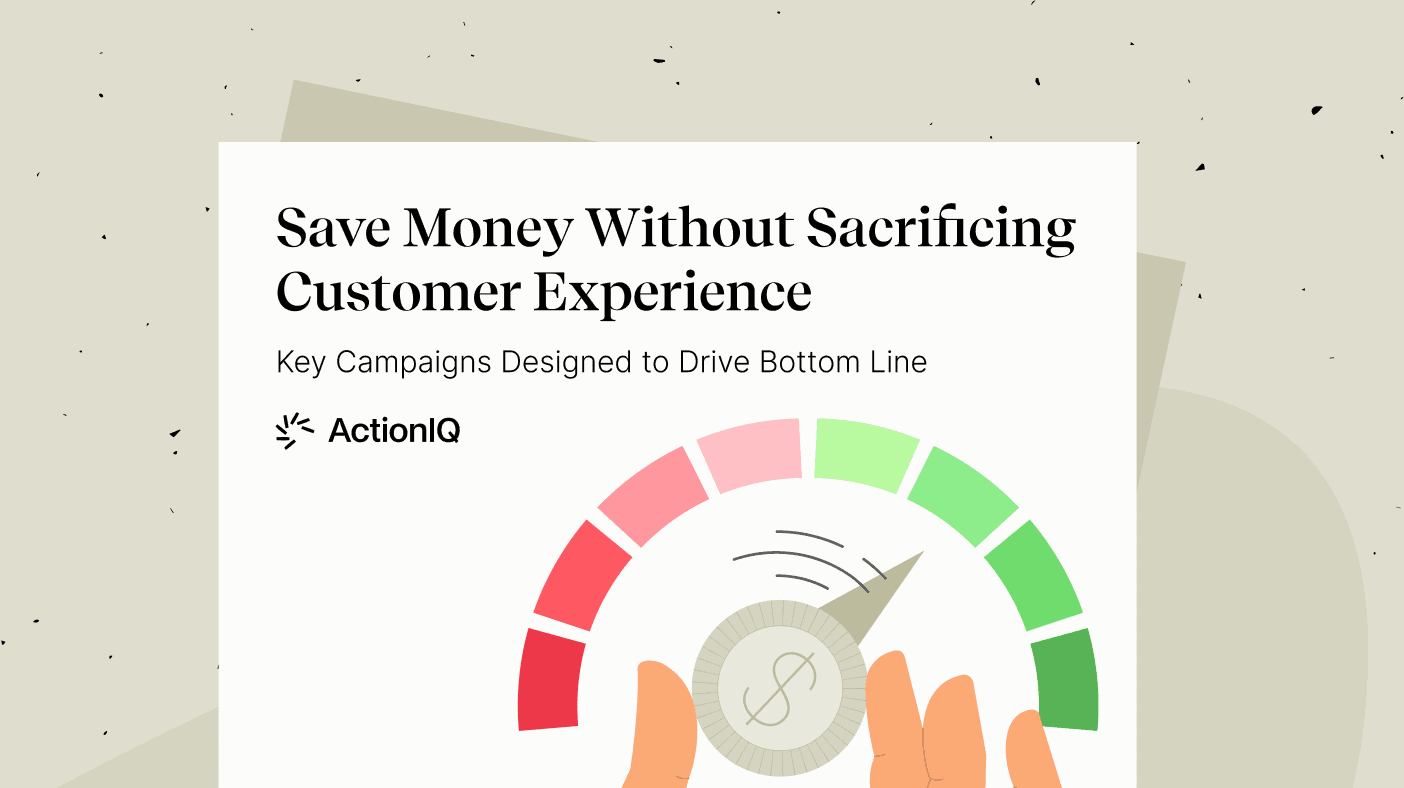CX in Action: Improving Audience Segmentation

The CX in Action blog series is designed to help you upgrade your customer experience strategy with examples from leading enterprise brands. Check out our post on improving audience segmentation below.
Personalized customer experiences are only possible when you know your customers — and how they’re different from one another. The key to getting there? Audience segmentation.
Drilling down into your customer base and segmenting audiences based on demographics, behaviors, preferences and more gives you the ability to deliver the right campaign to the right person, whether as part of an orchestrated journey or a real-time customer experience.
But audience segmentation is about more than making sure your messaging resonates with customers. It opens the door to valuable insights through analytics, helping you identify new business opportunities and spend smarter.
Of course, different parts of your business will have different needs when it comes to segmenting audiences, but they’ll all want the same thing: the power to move quickly as their needs change.
To scale customer engagement swiftly and smoothly across your organization, you have to help teams self-serve audiences, build more valuable audiences and use those audiences to create predictive models.
Read on to see how leading enterprise brands do just that to improve audience segmentation.
Hear how Condé Nast achieved data sophistication by helping teams take action on customer insights in the video below:
CX in Action: Improving Audience Segmentation
Helping Teams Self-Serve
Successful audience segmentation requires removing bottlenecks. Marketing, sales and customer service teams can’t move quickly if audiencing requires advanced technical knowledge or dependence on IT.
With a no-code audiencing interface, taking a hypersegmentation approach to your audiences can take minutes instead of months — something mass media company Condé Nast knows all too well.
“[I]n order to send any of our targeted emails, we had to request manual lists for every single send,” said Condé Nast’s Associate Director of CRM & Engagement Liz Switzer.
“That was a big level of effort — it’s a very long lead time and it was something that required resourcing from multiple teams.”
By making sure everyday business users don’t have to be experts in programming languages such as SQL to access and action on customer data, organizations can simplify the process of creating and targeting audiences.
But giving non-technical teams the power to self-serve their audience segmentation needs does more than help them build, launch and refine targeted campaigns — it allows them to uncover new opportunities.
After Condé Nast gave customer-facing teams the ability to segment audiences on their own, those same teams had the intelligence and agility they needed to use resources more wisely.
“It’s reducing any wasted impressions because before we were serving acquisition offers to new subscribers for potentially a month after they’ve converted,” Switzer said. “We’re now having more efficient use of our ad spend.”
And as luxury retailer Michael Kors makes clear, the freedom to act quickly translates to greater innovation and efficiency for customer outreach.
“[I]t allows us to be agile in our marketing,” said Michael Kors’ Vice President of Global Analytics Sharon Kratochvil.
“It gives us speed. It gives us flexibility in executing customer marketing campaigns and journeys.”
Grocery retailer Albertsons Companies agrees.
“If we go back two years, we were writing SQL queries — hundreds of pages of SQL queries — and now we are enabling our marketing and loyalty business teams to activate campaigns where the customers are in literally the span of a week,” said Albertsons Companies’ Director of Marketing & Advertising Platforms Sankett Deshpande.
Learn how e.l.f. Beauty creates more accurate audience segments in the video below:
Building More Valuable Audiences
The more granular the audience, the more impactful the experience.
That’s why beyond giving business teams the ability to segment audiences on their own, brands should make sure those same teams can drill down as deeply as possible into different data points.
Straightforward demographic data can be helpful, but it’s not enough to meet modern consumers’ high expectations.
To maximize acquisition and conversion efforts, organizations have to get past cookie-cutter audiences by empowering teams to analyze customer behaviors, visualize trends and uncover anomalies without jumping through technical hoops.
This not only helped cosmetics retailer e.l.f. Beauty conduct better audience segmentation, it also allowed the brand to recognize what matters most to its VIP customers.
“I think a huge benefit for me as a business user has been the flexibility and the user-friendly capabilities … that’ve allowed me to not rely so much on data analysts or our IT team,” said e.l.f. Beauty’s Director of Global CRM & Customer Growth Brigitte Barron.
“I quickly have been able to dive into things like, ‘what products are driving new customer acquisition versus our retained customer purchases? Is that our new launches versus our core products?’ And we can really break down the different factors that high-value customers have in common more easily than we could before,” she continued.
The ability to dig deeper into customer data drives both improved CX and increased productivity.
“We were able to get to the audience ASAP …” Deshpande said. “What it took our teams to come up with a campaign use case, let’s say a month for one use case, we were now able to get out approximately four to five use cases within a month.”
Creating Predictive Models
Even better than knowing your customers is knowing what they’ll do next.
By creating business-specific models based on historical and real-time customer data, organizations can take the guesswork out of predicting customer actions and automatically create audiences to identify opportunities, such as customers who will have the highest lifetime value or are at risk of churning.
“We’re really relying heavily on the ability to create our own predictive models that we use to identify new target audiences and predict these customer behaviors, like when someone’s due to repurchase, or if they’re highly discount-sensitive or likely to buy a certain product category,” Barron said. “With that, we can move away from having static criteria trigger these communications and move more toward this predictive timing.”
Using machine learning-powered modeling, luggage and accessories retailer Vera Bradley not only spotlighted its most high-value audiences, it used their attributes to create lookalike models so the brand could automatically target customer segments that shared the same characteristics.
Meanwhile, brands like Conde Nast use models to proactively discover which audience segments are at risk based on the details of previously churned customers. This allows the organization to “personalize our subscriber onboarding series by churn score to ensure that we have different strategies or approaches for how we’re targeting our most versus least at-risk trialists,” according to Switzer.
Improving audience segmentation is about making it easier to give your customers the best experience possible, but remember that segmenting an audience is only the first step toward activating it in the right place and at the right time as part of a customer journey or real-time experiences.
Make sure that whatever audience segmentation solution you’re using allows you to not only create audiences, but integrate them with your existing tools and channels.
Learn More About Improving Audience Segmentation
Get in touch with our experts to discover how you can improve audience segmentation using the AIQ CX Hub.




